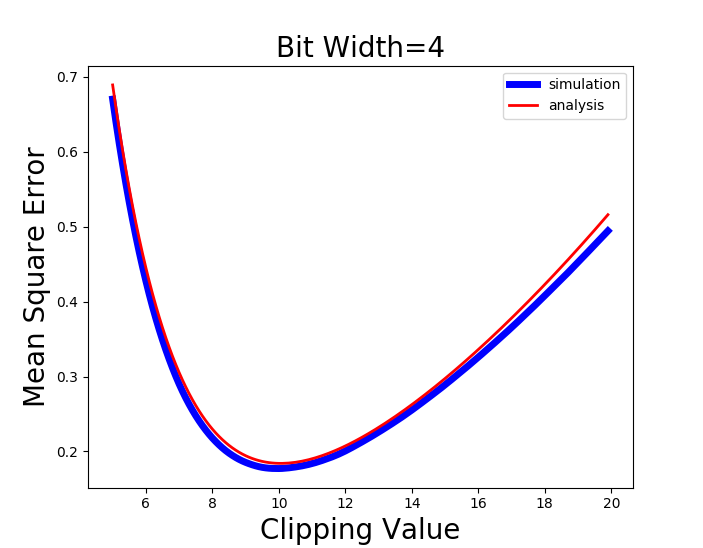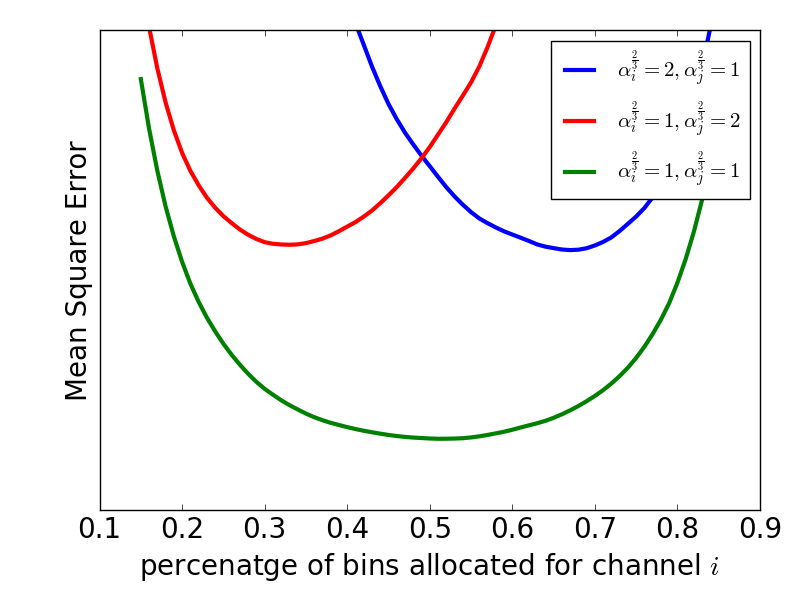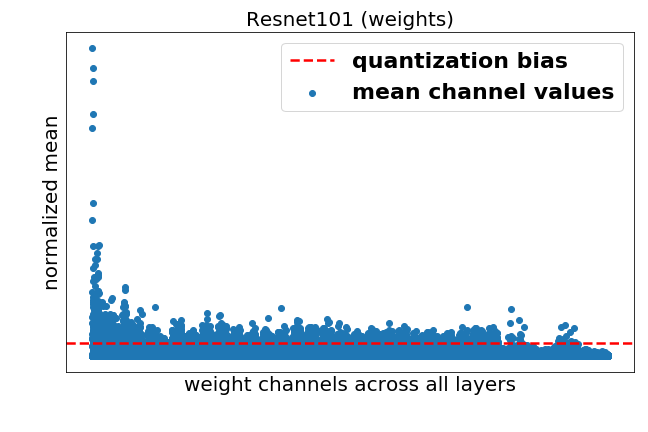submission2019 / Cnn Quantization
Programming Languages
Projects that are alternatives of or similar to Cnn Quantization
cnn-quantization
Dependencies
- python3.x
- pytorch
- torchvision to load the datasets, perform image transforms
- pandas for logging to csv
- bokeh for training visualization
- scikit-learn for kmeans clustering
- mlflow for logging
- tqdm for progress
HW requirements
NVIDIA GPU / cuda support
Data
- To run this code you need validation set from ILSVRC2012 data
- Configure your dataset path by providing --data "PATH_TO_ILSVRC" or copy ILSVRC dir to ~/datasets/ILSVRC2012.
- To get the ILSVRC2012 data, you should register on their site for access: http://www.image-net.org/
Prepare environment
- Clone source code
git clone https://github.com/submission2019/cnn-quantization.git
cd cnn-quantization
- Create virtual environment for python3 and activate:
virtualenv --system-site-packages -p python3 venv3
. ./venv3/bin/activate
- Install dependencies
pip install torch torchvision bokeh pandas sklearn mlflow tqdm
Building cuda kernels for GEMMLOWP
To improve performance GEMMLOWP quantization was implemented in cuda and requires to compile kernels.
- build kernels
cd kernels
./build_all.sh
cd ../
Run inference experiments
Post-training quantization of Res50
Note that accuracy results could have 0.5% variance due to data shuffling.
- Experiment W4A4 naive:
python inference/inference_sim.py -a resnet50 -b 512 -pcq_w -pcq_a -sh --qtype int4 -qw int4
- [email protected] 62.154 [email protected] 84.252
- Experiment W4A4 + ACIQ + Bit Alloc(A) + Bit Alloc(W) + Bias correction:
python inference/inference_sim.py -a resnet50 -b 512 -pcq_w -pcq_a -sh --qtype int4 -qw int4 -c laplace -baa -baw -bcw
- [email protected] 73.330 [email protected] 91.334
ACIQ: Analytical Clipping for Integer Quantization
We solve eq. 6 numerically to find optimal clipping value α for both Laplace and Gaussian prior.

Solving eq. 6 numerically for bit-widths 2,3,4 results with optimal clipping values of 2.83b, 3.86b, 5.03*b respectively, where b is deviation from expected value of the activation.
Numerical solution source code:
mse_analysis.py

Per-channel bit allocation
Given a quota on the total number of bits allowed to be written to memory, the optimal bit width assignment Mi for channel i according to eq. 11.

bit_allocation_synthetic.py

Bias correction
We observe an inherent bias in the mean and the variance of the weight values following their quantization.
bias_correction.ipynb

We calculate this bias using equation 12.

Then, we compensate for the bias for each channel of W as follows:

Quantization
We use GEMMLOWP quantization scheme described here. We implemented above quantization scheme in pytorch. We optimize this scheme by applying ACIQ to reduce range and optimally allocate bits for each channel.
Quantization code can be found in int_quantizer.py
Additional use cases and experiments
Inference using offline statistics
Collect statistics on 32 images
python inference/inference_sim.py -a resnet50 -b 1 --qtype int8 -sm collect -ac -cs 32
Run inference experiment W4A4 + ACIQ + Bit Alloc(A) + Bit Alloc(W) + Bias correction using offline statistics.
python inference/inference_sim.py -a resnet50 -b 512 -pcq_w -pcq_a --qtype int4 -qw int4 -c laplace -baa -baw -bcw -sm use
- [email protected] 74.2 [email protected] 91.932
4-bit quantization with clipping thresholds of 2 std
python inference/inference_sim.py -a resnet50 -b 512 -pcq_w -pcq_a -sh --qtype int4 -c 2std
- [email protected] 15.440 [email protected] 34.646
ACIQ with layer wise quantization
python inference/inference_sim.py -a resnet50 -b 512 --qtype int4 -c laplace -sm use
- [email protected] 71.404 [email protected] 90.248
Bin allocation and Variable Length Codding
Given a quota on the total number of bits allowed to be written to memory, the optimal number of bins Bi for channel i derived from eq. 10.

We evaluate the effect of huffman codding on activations and weights by mesuaring average entropy on all layers.
python -a vgg16 -b 32 --device_ids 4 -pcq_w -pcq_a -sh --qtype int4 -qw int4 -c laplace -baa -baw -bcw -bata 5.3 -batw 5.3 -mtq -me -ss 1024
- [email protected] 70.801 [email protected] 91.211
Average bit rate: avg.entropy.act - 2.215521374096473

